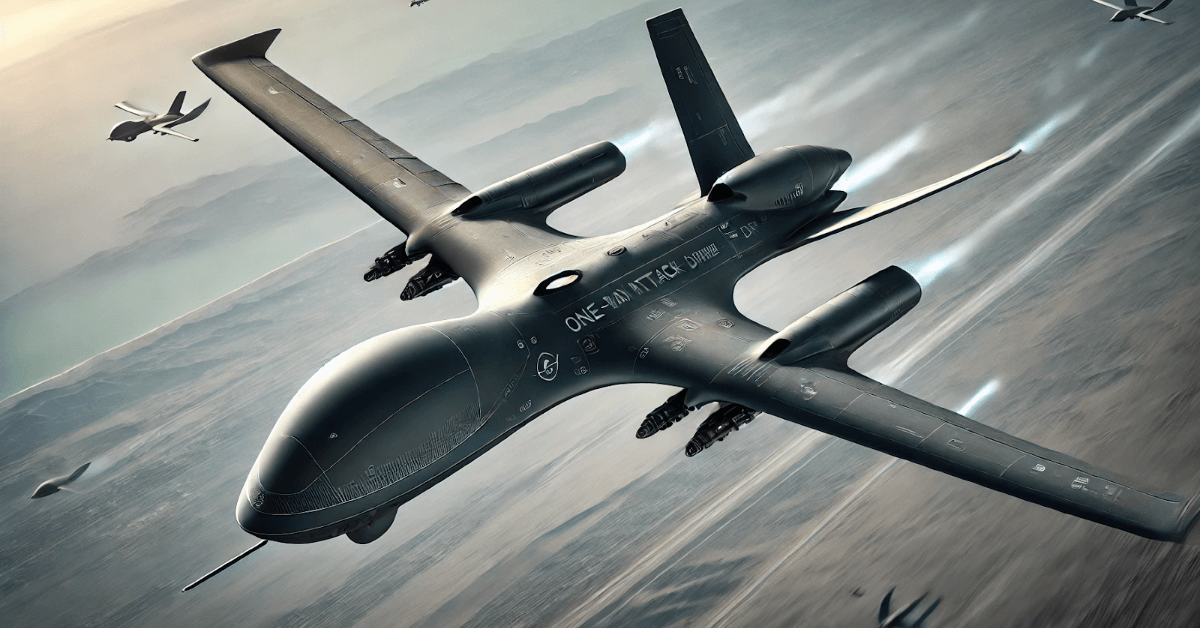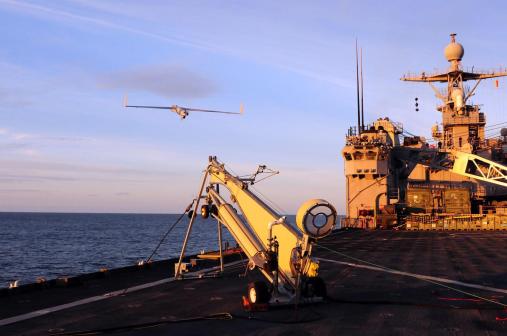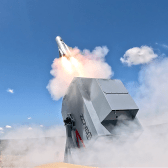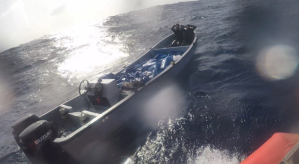DIU taps 4 vendors — including Ukrainian firms — for long-range kamikaze drones

The Defense Innovation Unit has selected four industry teams — two of which feature Ukrainian companies — to continue testing unmanned aerial systems that can fly through electronic warfare interference and GPS-denied environments on one-way missions, the organization announced Friday.
U.S.-based drone companies AeroVironment and Dragoon, as well as U.S.-based software firms Swan and Auterion, were chosen to compete in the project called Artemis, DIU said in a news release. Notably, the two software companies are each partnering with separate unnamed Ukrainian drone manufacturers.
DIU initiated Artemis in response to a congressional mandate, which directed operational testing of low-cost loitering munitions that can fly in electromagnetic contested environments and be deployed in large numbers. The unit wants to have a successful prototype by the end of fiscal 2025.
“We are excited about the non-traditional companies who are providing low-cost, adaptable, long-range, UAS platforms with the potential to maximize operational flexibility for the Joint force,” Trent Emeneker, DIU’s Artemis program manager and contractor, said in a statement. “This was the intent of Congress’ direction to rethink how to get capabilities to the warfighter at speed and scale that can deliver much faster than traditional Programs of Record.”
After releasing a solicitation in October 2024, DIU and the Office of the Under Secretary of Defense for Acquisition and Sustainment evaluated 165 proposals from vendors, held flight demonstrations and then down-selected to four industry teams, according to DIU.
With contracts in place, “the next step is meeting an aggressive testing and integration schedule to complete prototyping and demonstrate success by the end of May 2025,” DIU stated in a release.
The solicitation called for one-way, ground-launched drones from commercial vendors with an operational range of 50 to 300 kilometers or more. DIU wants Artemis prototypes that can carry a 10-plus kilogram payload more than 50 kilometers, and are “capable of supporting high-speed, low-altitude, beyond line of sight flight operations in [disrupted, disconnected, intermittent, and low-bandwidth] environments,” according to the RFP. Ideally, the organization would like the drones to be able to carry a 25-plus kilogram payload upwards of 300 kilometers.
Officials emphasized the Artemis program is directly linked to emerging trends on modern battlefields. Throughout Russia’s full-scale invasion of Ukraine, inexpensive kamikaze drones from commercial vendors have provided warfighters on both sides with key capabilities. In the Middle East, Iranian-backed Houthis launched multiple complex attacks on U.S. Naval forces stationed in the Red Sea last year, as well.
“With Artemis, DIU and A&S are moving rapidly to provide an option for Services and Combatant Commands to choose from, delivered years in advance of current Program of Record timeframes,” DIU stated in a release.






